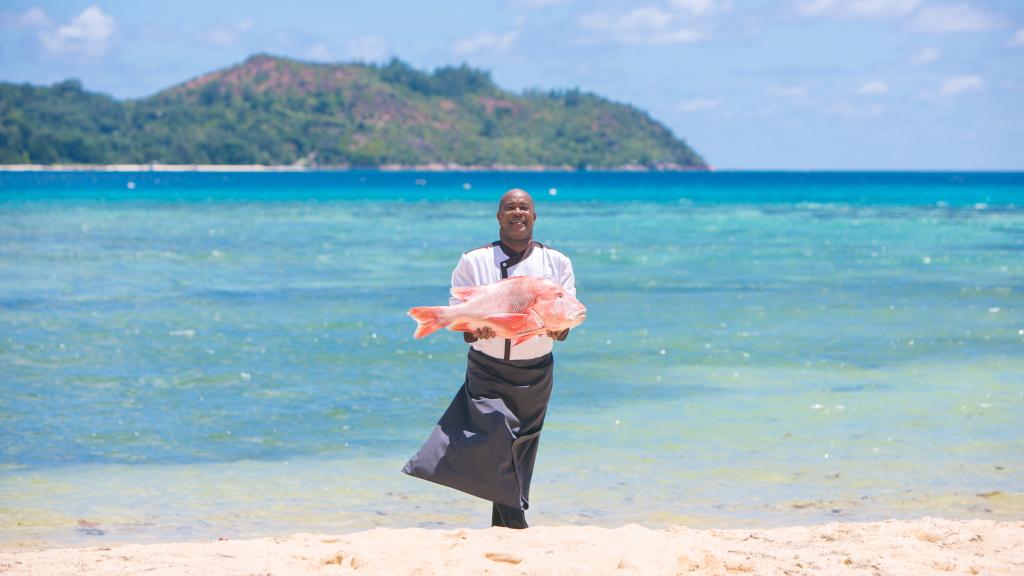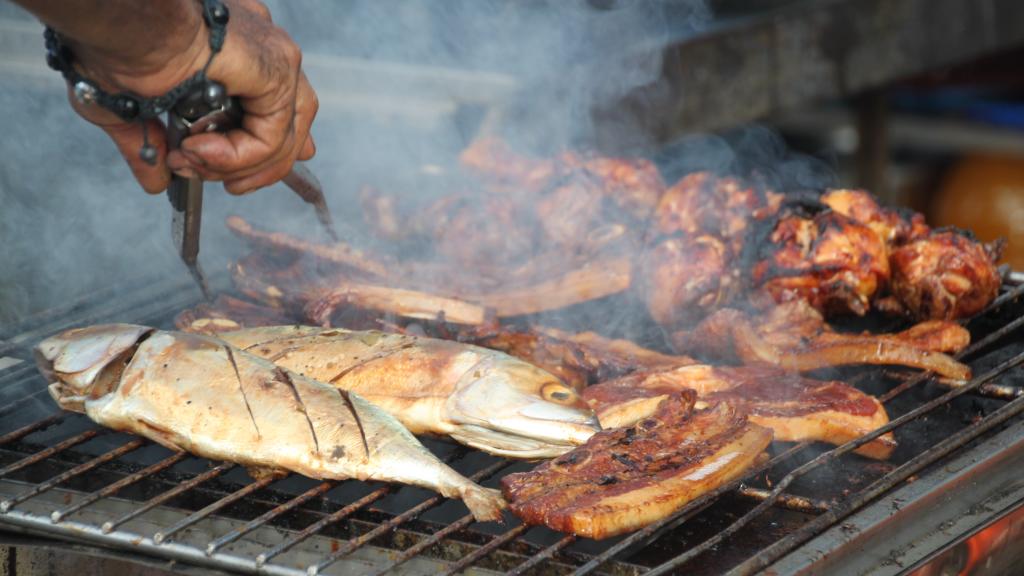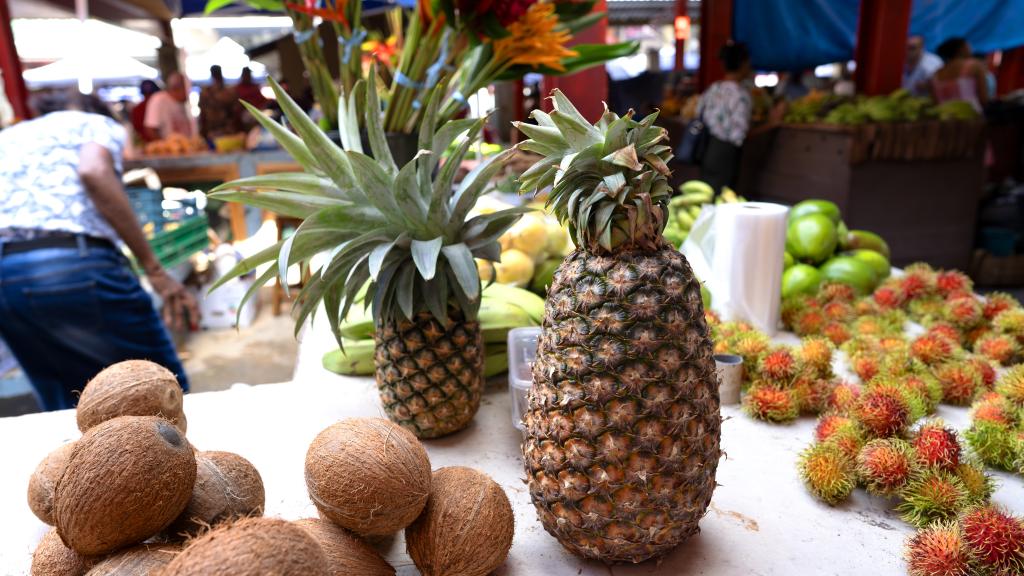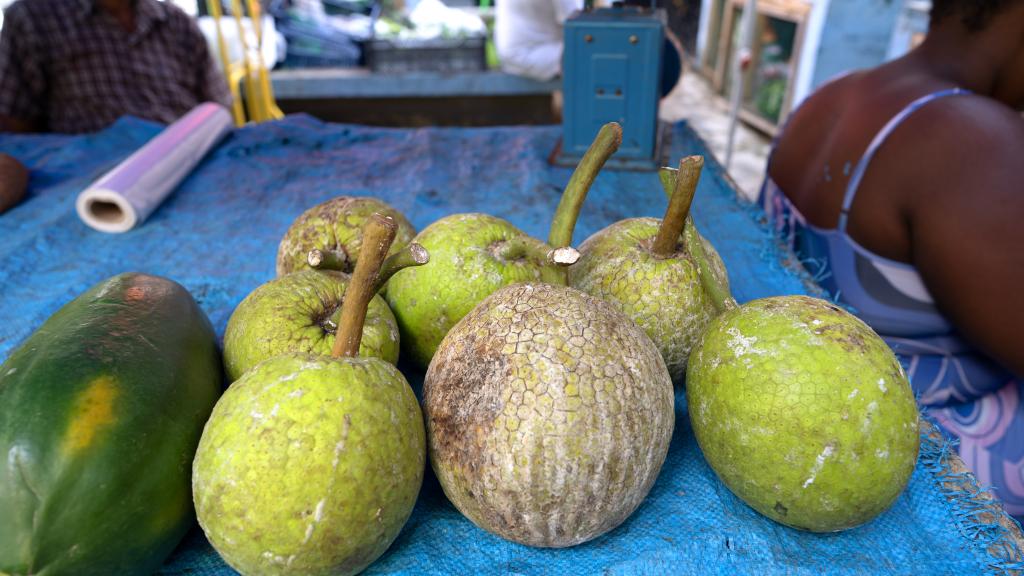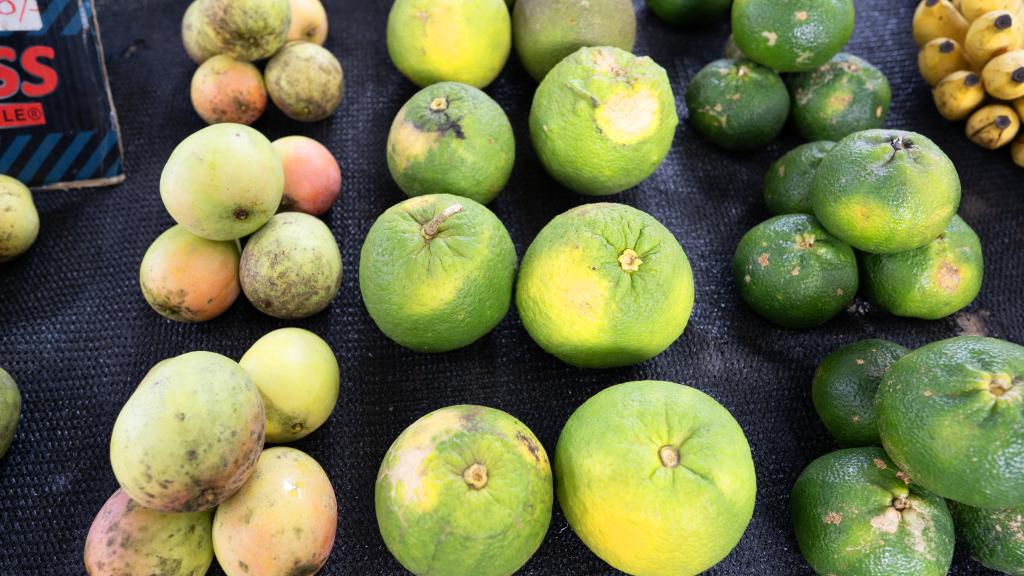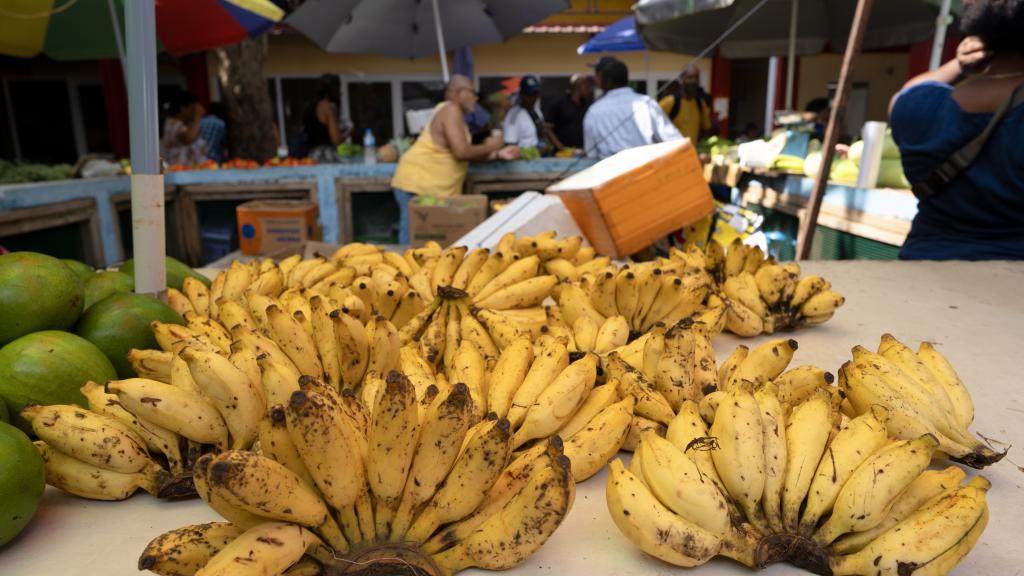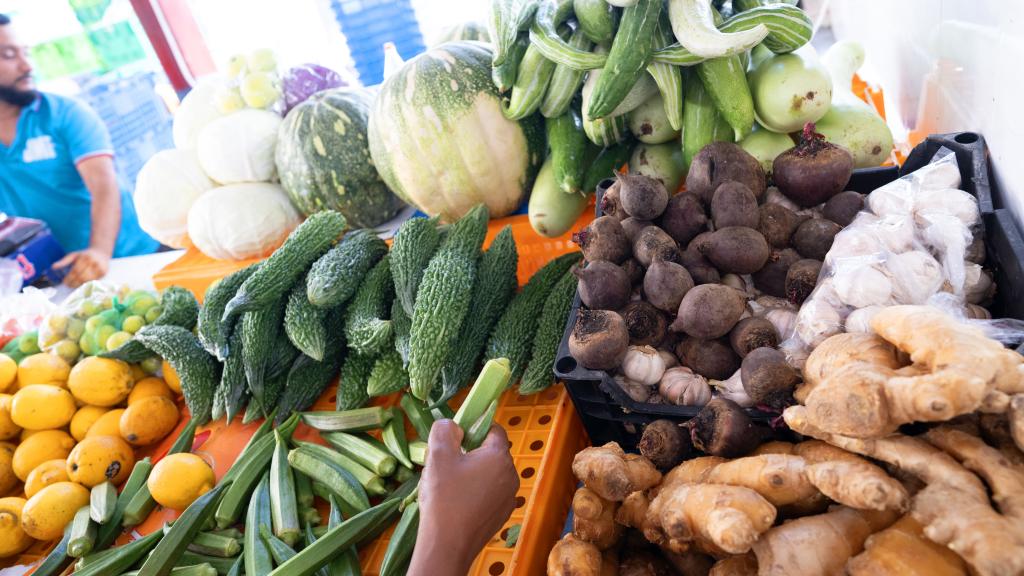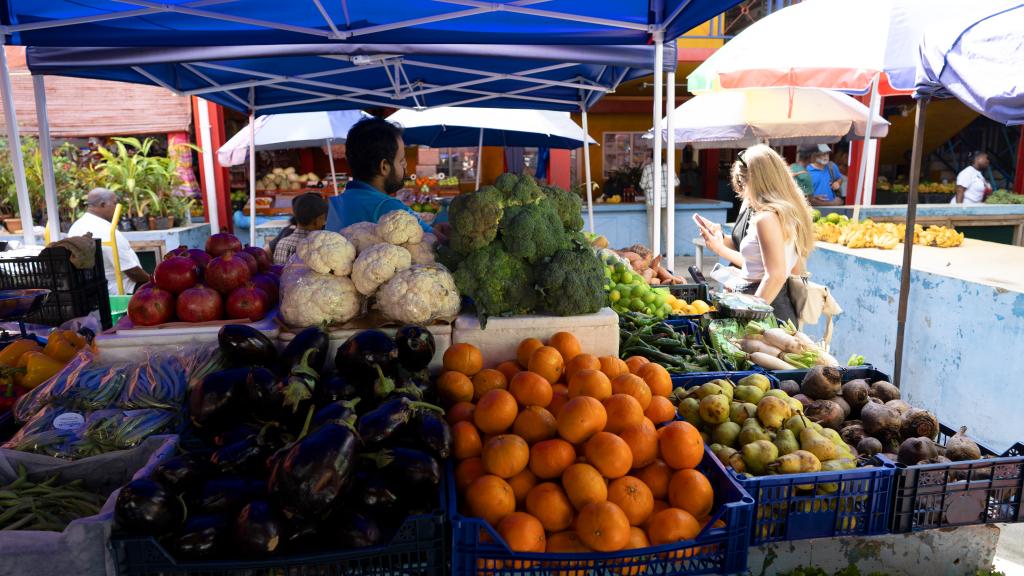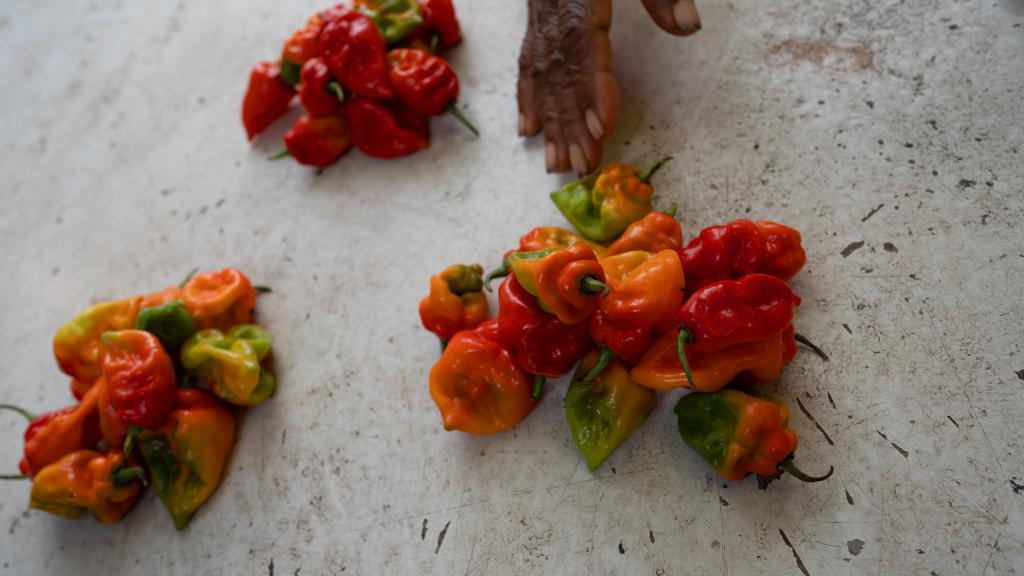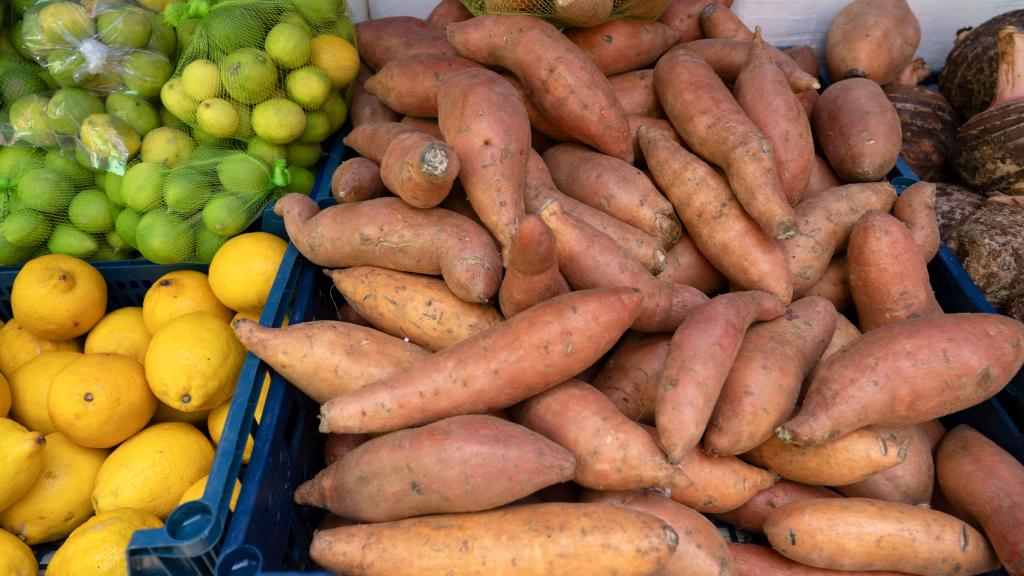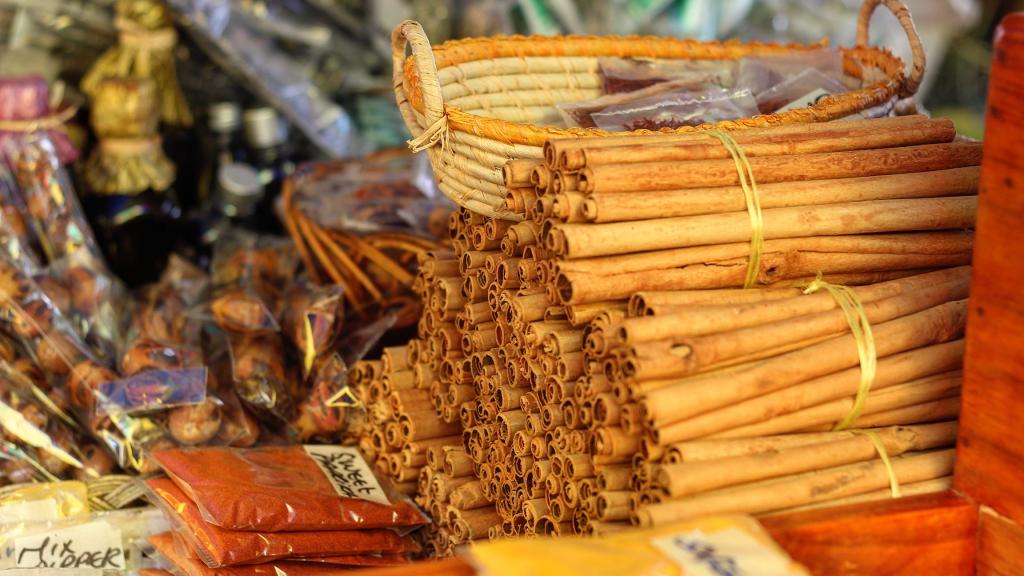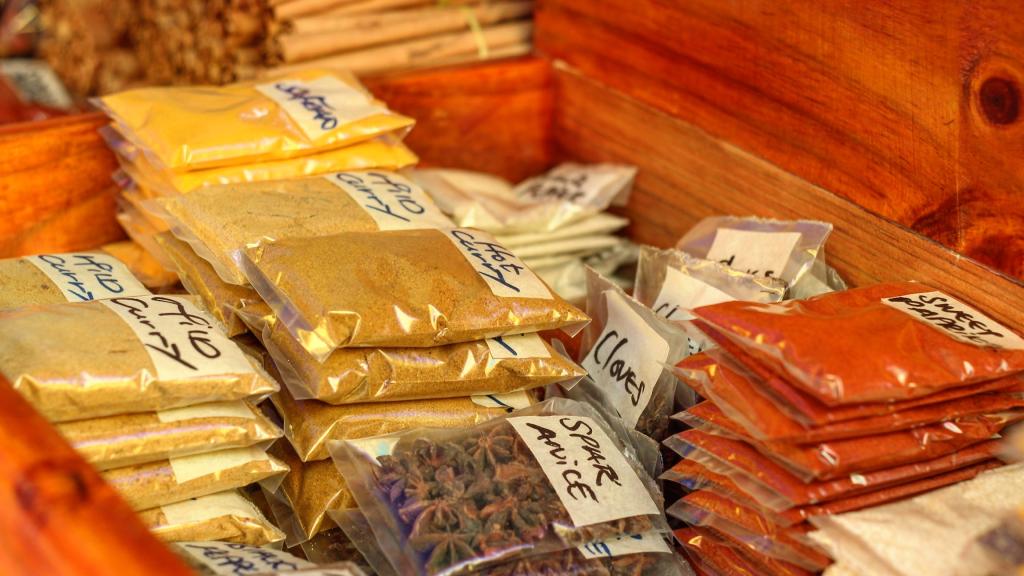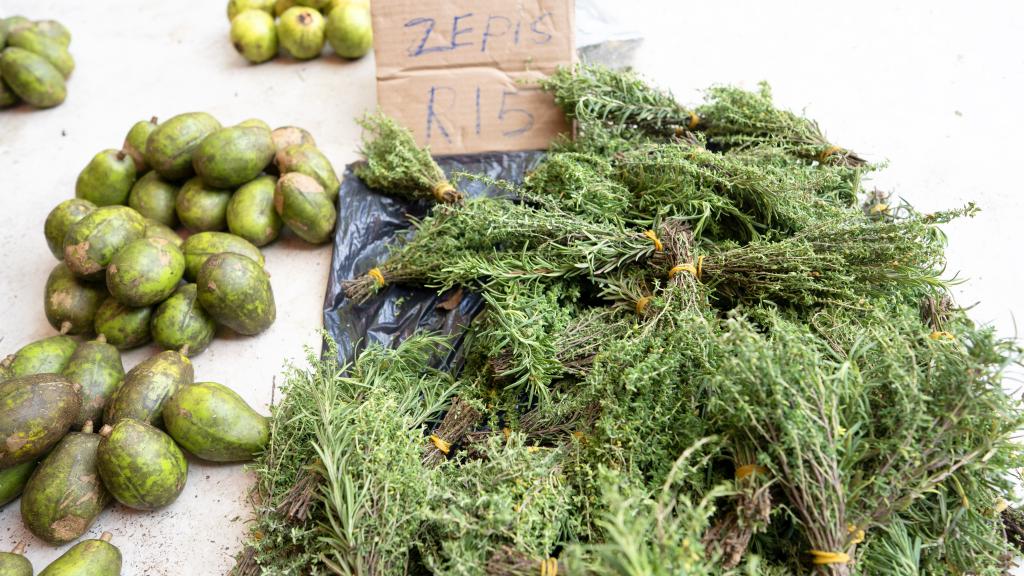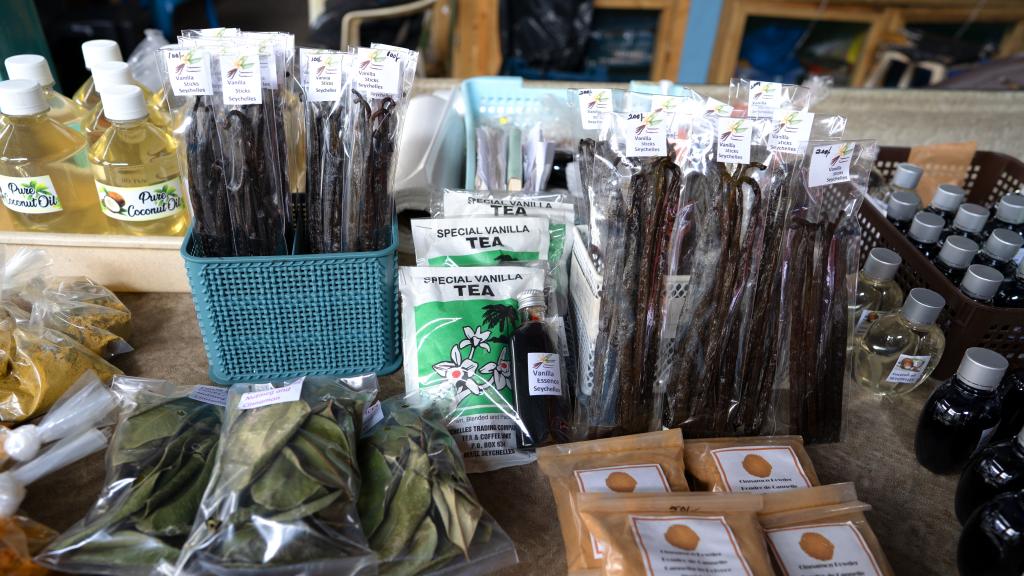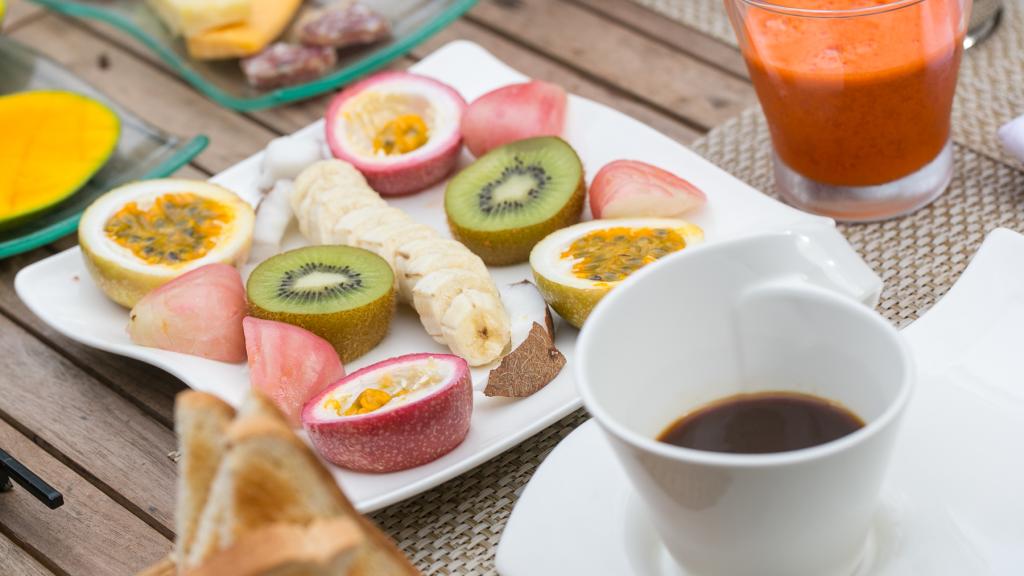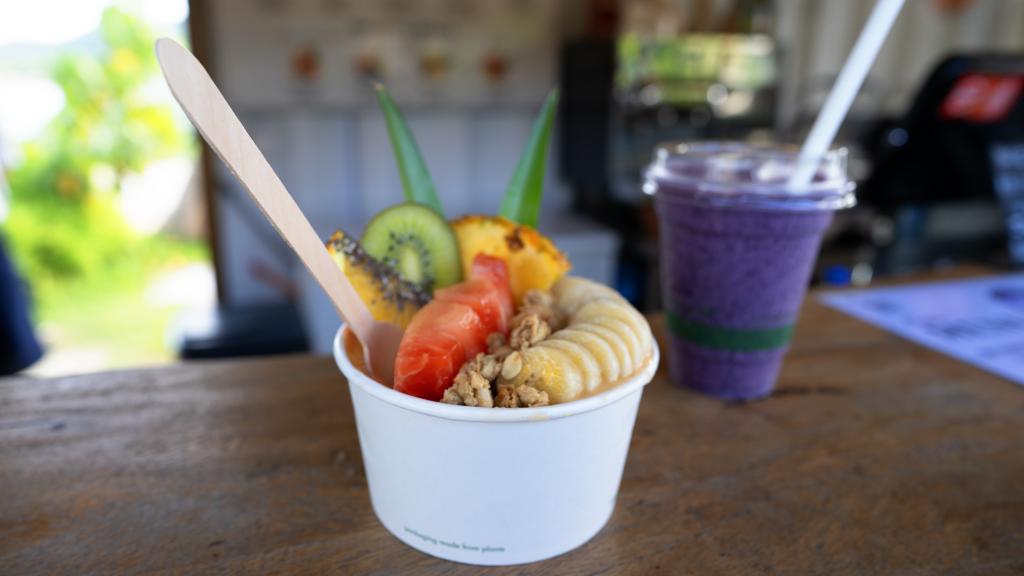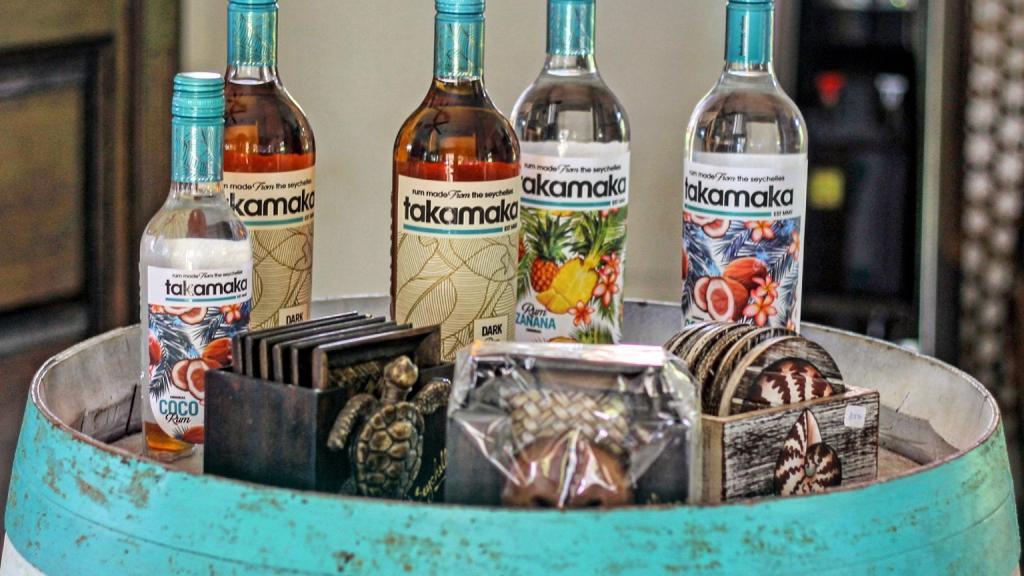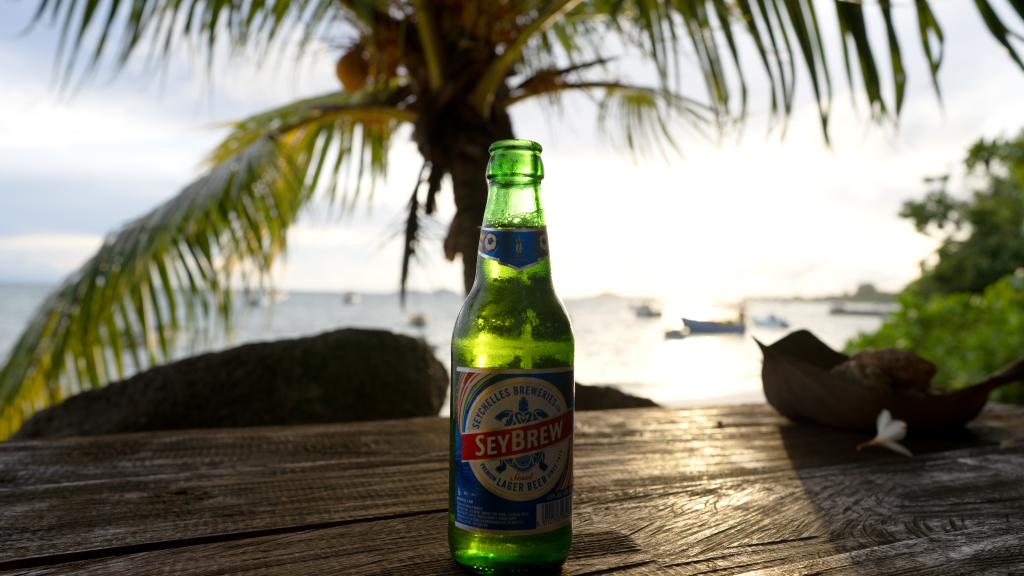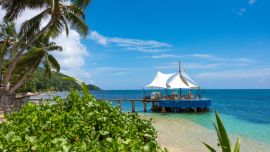Food & Drink
The Seychelles offer a fascinating culinary diversity. Influenced by Creole traditions, Seychellois cuisine combines fresh ingredients from the sea and nature. Visitors to the islands can look forward to a wide variety of fish dishes, exotic fruits, and fresh vegetables.
The Creole Food Culture
The food culture in the Seychelles is relaxed and sociable. Food is a central part of daily life, often accompanied by music and long conversations. Traditionally, meals are shared with family or friends, and visitors are always welcome. In addition to restaurants, small food stalls and so-called "takeaways" are especially popular, where authentic, homemade dishes are served. Sharing meals reflects the warm and welcoming atmosphere of the Seychelles.
Creole cuisine in the Seychelles thrives on fresh ingredients, a love for spices, and creative preparation. Travelers looking for an authentic culinary experience should explore the local markets and try typical dishes in small Creole restaurants. It's a delicious way to immerse yourself in the Seychellois culture and enjoy the distinctive flavors of the islands.
Fish
Fish is a staple of the Seychellois diet and is prepared in many different ways. Whether grilled, fried, in curries, or raw as carpaccio – the variety is vast. Favorites include:
- Red Snapper – A firm, flavorful fish, often grilled or steamed.
- Tuna – Commonly grilled, cooked in curries, or served as sashimi.
- Grouper (Jobfish) – Another favorite fish used in various dishes.
- Octopus (Zourit) – Especially popular in curries or grilled with garlic and butter.
Tropical Fruits
- Coconut – Used in many ways, from coconut milk for curries to shredded coconut as a snack.
- Papaya – A sweet fruit enjoyed on its own, in salads, or smoothies.
- Mango – Juicy and aromatic, perfect as a snack or in juices.
- Pineapple – Fresh, sweet, and slightly tangy – ideal for hot days.
- Breadfruit (Friyapen) – Can be boiled, fried, or roasted as a hearty side dish.
- Hearts of Palm – A famous delicacy often served at Christmas.
Fresh Vegetables
The Seychelles are also abundant in vegetables. Local markets offer a wealth of fresh produce, including:
- Eggplant – A popular ingredient in curries and stews.
- Okra – Often used in stews or served as a side with fish dishes.
- Chayote (Chouchoute) – A crispy, slightly sweet fruit prepared as a vegetable.
- Cassava (Manioc) – Processed into flour or boiled as a side dish.
- Sweet Potatoes – Found in many local dishes as a filling side.
Spices
Seychellois cuisine is defined by a wide variety of spices that give dishes their aroma. The most important include:
- Curry leaves – Add an aromatic touch to curries.
- Cinnamon – Used in both savory and sweet dishes.
- Vanilla – The Seychelles are known for their high-quality vanilla beans.
- Nutmeg – Often used in curries and desserts.
- Creole spice blends – A mix of garlic, ginger, chili, and turmeric that adds a special flavor to many dishes.
Desserts
After a hearty meal, delicious desserts await, often based on tropical fruits and coconut. Favorites include:
- Ladob – A traditional dessert made from boiled bananas or sweet potatoes with coconut milk, sugar, and vanilla.
- Coconut cake – A moist cake with shredded coconut.
- Tropical fruit salads – A mix of mango, pineapple, papaya, and passion fruit.
Beverages
The Seychelles offer a refreshing selection of drinks perfect for the tropical climate.
- Fresh juices & coconut water – Tropical fruits like mango, passion fruit, and papaya are often freshly pressed. Coconut water, drunk straight from the green nut, is especially popular – a natural refreshment!
- Local sodas & soft drinks – International soft drinks are widely available. Bottled water is accessible everywhere, but tap water in rural areas should be boiled or filtered.
- Beer & rum – The most well-known Seychellois beer is SeyBrew, a mild lager best served cold. “Slow Turtle,” a locally produced cider, is also widely available. For something stronger, try traditional Takamaka Rum, available in a range from mild to spiced.
- Creole tea & coffee – The Seychelles are known for citronelle tea (lemongrass) and spiced teas. Coffee is typically enjoyed strong and sweet, especially in small cafés or local homes.
